Ultrasound continues to lead the way in new diagnostic imaging studies performed by healthcare professionals. As ultrasound is now widely used in a variety of diagnostic imaging studies, this presents new challenges with maintaining proper equipment handling, cleaning and disinfection. This is particularly evident in Point of Care Ultrasound (POCUS) applications including Emergency Room uses. Some imaging procedures may be more invasive than others and the potential for probe / transducer exposure to blood splatter, unsterile gel, etc. makes these environments more likely to produce events of equipment contamination. The problem of improperly handled, maintained, or cleaned equipment is compounded by the portable nature of Ultrasound equipment which may be transported to different departments and be used, potentially exposing patients in other departments who may be put at risk.
According to the American Institute of Ultrasound in Medicine (AIUM), “Infection control is an integral part of the safe and effective use of ultrasound in medicine.” Currently, the CDC, FDA, and Joint Commission all have established different guidelines and recommendations for the types of disinfection acceptable for various ultrasound transducers / probes. This poses a significant challenge to healthcare professionals and sonographers in particular concerning the right approach to take for the cleaning and disinfection of their ultrasound equipment.
When discussing the need for cleaning and disinfection of ultrasound transducers and probes, it is important to note that these terms are not the same and are not interchangeable. For example:
Transducer – a device used on intact skin or in guiding percutaneous procedures.
Probe – a device that enters the body or is used in contact with mucus membranes.
However, the term “probe” is commonly used to describe both in clinical settings. How the instrument will be used (transducer or probe) plays a role in determining the level of cleaning and disinfection required.
Ultrasound transducers and probes, are typically classified based on their clinical applications and potential for cross-contamination. The Spaulding Classification System which was introduced in 1957 provides for the current practices of cleaning and disinfection of medical devices. The Spaulding Classification System for medical devices establishes different levels of disinfection or sterilization to be used based upon the clinical application of the device. General guidelines for these classifications employed for Ultrasound Transducers / Probes, typically include:
- Non-critical, used for abdominal, obstetric, and other exams on intact skin, must be cleaned after each use.
- Semi-critical, such as models used for transvaginal and endorectal applications, require high-level disinfection (HLD) after each use.
- Critical, such as transesophageal echocardiography and laparoscopic transducers, require sterilization.
Contamination of Probes / Transducers typically occurs during handling and usage through skin contact, contact with unsterile or contaminated gloves, or contact with hands that are not covered by gloves. Contaminants within the environment also play a role, where the transducer or probe may be awaiting usage without being covered and have contaminants that attach to the surface. Typically, Transducers and Probes come with a sheath to protect them when not in use. Clinician hand hygiene also plays a role, as there is constant handling of the equipment involved in the use of ultrasound equipment.
In addition to handling contamination, the coupling gel used in performing an ultrasound is another potential for contamination. Because ultrasound cannot transmit sound waves through air, there is a need for some sort of fluid medium or gel in order to be able to visualize the body’s structures. The contamination from coupling gel is most concerning when performing ultrasound-guided peripheral IV. In these procedures, the use of nonsterile gel, not cleaning the transducer, or not providing protective covering for transducers not in use, provide the greatest risk when using ultrasound equipment.
Programs within all healthcare delivery systems, are used to interrupt the transmission of infectious disease, including the appropriate use of personal protective equipment (such as a mask, gloves, and surgical gown), handwashing before and after the patient interaction, cleaning and disinfection of high-touch surfaces in healthcare institutions (bedrails, over-bed tables, and call-buttons) and reusable patient care equipment that is moved between rooms.
While the need for proper handling, cleaning, and disinfection is apparent, there is also the problem of improper cleaning and disinfection. Users may not have followed the Original Equipment Manufacturers (OEM’s) guidelines for the cleaning and disinfection of the transducer or probe, which can in some instances result in damage or degradation to the transducer or probe.
At Ultrasound Solutions, we understand the issues surrounding proper equipment maintenance, cleanliness, and disinfection. Our Field Service Engineers are all trained in the need to wear gloves, perform proper visual inspection of equipment, utilize appropriate cleaning or disinfection of equipment and transducers or probes that they handle. Our Field Service Engineers also provide guidance to our end customers in the proper handling, cleaning and disinfection of ultrasound equipment. It is not uncommon for our Field Service Engineers to encounter equipment with gel residue, blood splatter, or other contaminants.
We train our Field Service Engineers to ensure both their safety, in minimizing exposure to potential contaminants and providing our customers with not only repaired equipment but properly cleaned and disinfected equipment upon completion of all our work.








